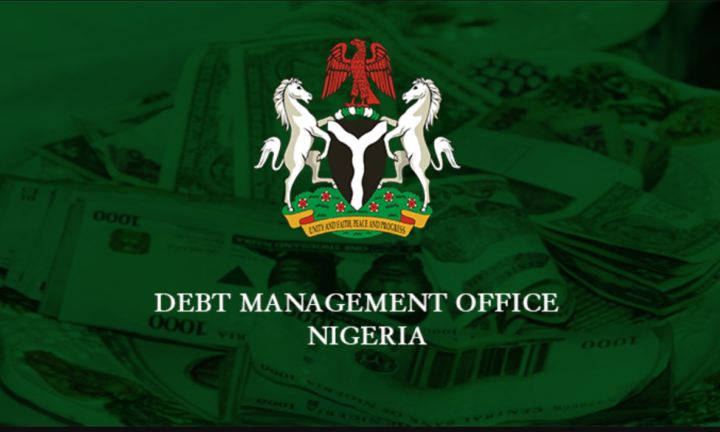Several Nigerian states are grappling with a steep rise in their external debt servicing obligations, with new figures indicating a 68 percent surge in foreign debt payments. The increase, attributed to currency depreciation, higher interest rates on external loans, and lingering economic pressures, has intensified fiscal strains on subnational governments already battling revenue shortfalls.
According to data from official financial reports, the rise in debt servicing costs means states will have to channel more of their limited resources towards meeting foreign obligations, potentially crowding out spending on critical sectors like infrastructure, healthcare, and education. Many states that had previously relied on concessional borrowing to finance development projects now face higher repayment amounts in naira terms due to the weakened currency.

Financial analysts explain that most of these external debts are dollar-denominated, making repayment more expensive whenever the naira depreciates. With Nigeria’s foreign exchange market still facing volatility, state governments are finding it increasingly difficult to balance their budgets without resorting to borrowing or cutting back on essential services.
The rise in servicing costs is also linked to changes in global interest rate trends, as many multilateral and bilateral lenders have revised rates upwards over the past two years. This shift has further increased repayment burdens, especially for states with loans tied to variable interest rate agreements.
Several state finance commissioners have voiced concerns that the trend could hinder development plans. In some cases, state governments have had to delay or scale back capital projects to free up funds for debt obligations. The pressure is especially intense for states with lower internally generated revenue (IGR) and higher dependence on federal allocations.
The situation has sparked renewed calls for prudent borrowing and better debt management strategies at the state level. Experts warn that without coordinated fiscal discipline, some states could face debt distress, particularly if revenue projections fail to materialise in the coming months.
To cushion the impact, some state governments are exploring strategies such as renegotiating loan terms with lenders, refinancing high-cost debts, and ramping up IGR through improved tax collection and public-private partnerships. However, these measures take time to yield results, and the immediate repayment pressures remain a significant challenge.
The federal government has also encouraged states to strengthen fiscal transparency and prioritise productive investments that can generate returns to offset borrowing costs. While Nigeria’s total public debt has been rising, the foreign debt component for states represents a critical vulnerability, given the country’s exposure to exchange rate shocks.
Economists note that states with higher export activities or significant inflows of foreign investment are better positioned to manage the burden, as they can generate forex earnings to meet obligations. However, most states lack such buffers, relying instead on allocations from crude oil sales, which have been inconsistent due to fluctuating global prices and production challenges.
The spike in debt servicing costs has also fuelled debates on whether states should have greater autonomy in managing foreign loans. Currently, most subnational foreign borrowings are guaranteed by the federal government, which then deducts repayments directly from monthly allocations. This arrangement ensures repayment discipline but leaves states with little flexibility in negotiating relief measures.
Looking ahead, experts believe the trend could persist unless the naira stabilises and interest rates on external borrowings ease. In the meantime, states will likely face tough choices on spending priorities, as they attempt to navigate a more challenging fiscal environment.
The 68 percent jump in foreign debt payments underscores the broader economic pressures facing Nigeria’s subnational governments. It is a reminder that while external loans can finance important projects, currency and interest rate risks remain potent threats to fiscal stability. For many states, the focus now will be on managing these risks more effectively while safeguarding critical development objectives.
Support InfoStride News' Credible Journalism: Only credible journalism can guarantee a fair, accountable and transparent society, including democracy and government. It involves a lot of efforts and money. We need your support. Click here to Donate
